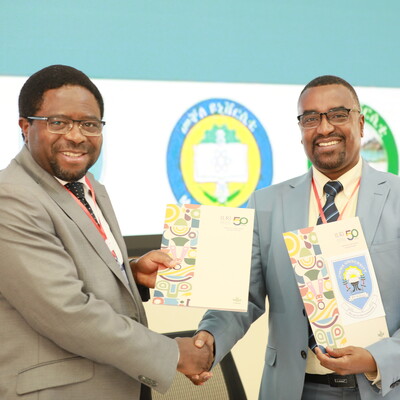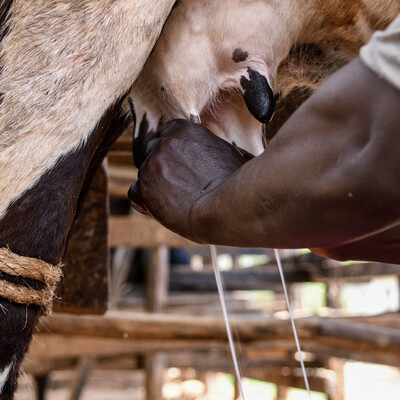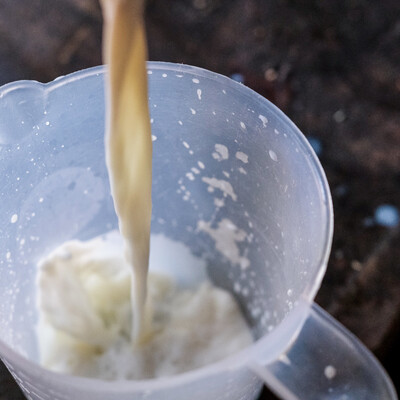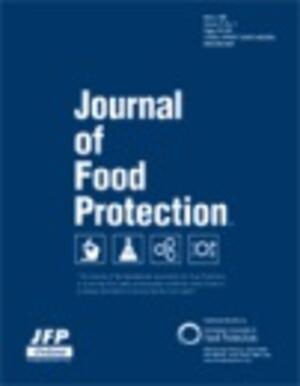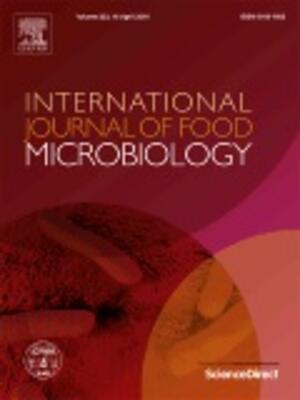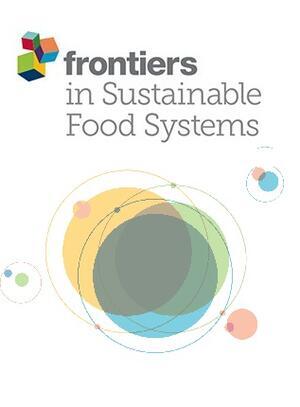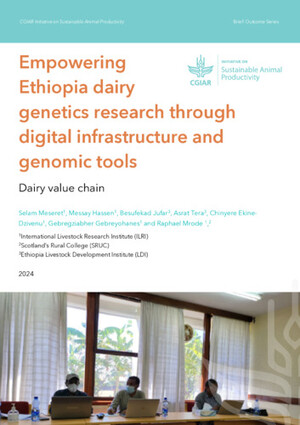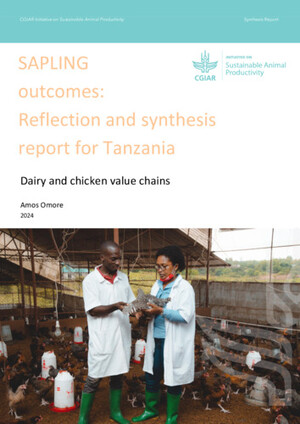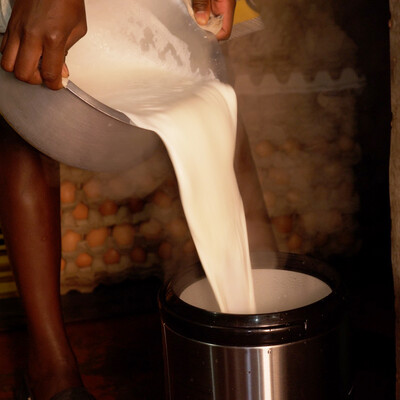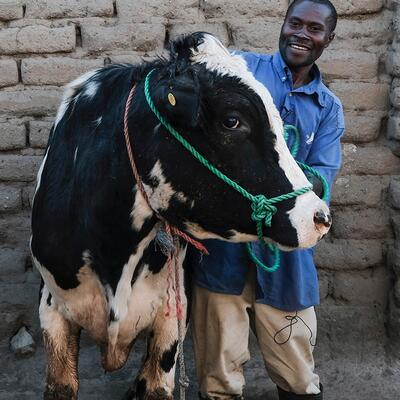
Assessing the environmental impacts of livestock and fish production
 In late 2016, the CGIAR Research Program on Livestock and Fish produced several synthesis products, including a series of briefs on ex-ante environment impact assessment work carried out between 2012 and 2016.
In late 2016, the CGIAR Research Program on Livestock and Fish produced several synthesis products, including a series of briefs on ex-ante environment impact assessment work carried out between 2012 and 2016.
This brief introduces the justification for this work and the different streams of work to develop and test tools to assess the environmental impacts of livestock and fish production in developing countries.
While livestock production has for some time been linked to deforestation, land degradation, biodiversity loss and water scarcity, more recent studies, and particularly the publication of the 2006 FAO report ‘Livestock’s long shadow’ indicate that livestock is also a significant source of greenhouse gas (GHG) emissions. As demand for livestock products continues to grow, driven by rising population and dietary shifts, there is an urgent need to develop strategies to reduce the environmental footprints and GHG emission intensity from livestock. The first step in this process is to develop tools to estimate potential impacts of such strategies.
The situation is slightly different for fish as there is less knowledge on the magnitude of the environmental impact of these systems. Until recently, the main aquaculture-related threats were considered to be genetic contamination or displacement of wild stocks due to farmed fish escapes, the transfer of disease from farmed to wild stocks, eutrophication of aquatic ecosystems caused by fish farm discharges, pressure on wild fisheries for fish meal and the destruction of wetlands or coastal ecosystems due to aquaculture development. However, recent studies have recognized the wider environmental footprint of aquaculture, including GHG emissions, which needs to be ascertained and its impact mitigated as production expands.
One way of reducing impacts is to cut consumption of livestock and aquaculture products. However, these sectors make a valuable welfare contributions in many economies. Reduced consumption could threaten the livelihoods of vulnerable producers and value chain actors as well as the nutrition security of large populations in the developing world. Another option is improve the resource-use efficiency of livestock and aquaculture practices which is believed would result in rapid environmental gains.
Tackling this requires that we have reliable tools to estimate and model potential impacts of improved livestock and fish practices along value chains (see a review of assessments).
In recent years, the Livestock and Fish CGIAR Research Program developed and tested tools to estimate the environmental impacts of livestock value chains under the CLEANED project – mainly with dairy value chains in Tanzania and Nicaragua. In Egypt and Bangladesh, WorldFish partnered with the Stockholm Resilience Centre to carry out life cycle analysis (LCA) of pond-based tilapia systems and carp polyculture systems.
Results of the assessments carried out in Egypt, Nicaragua and Tanzania show that there are clearly identifiable win–win scenarios where immediate benefits, such as increased productivity, incomes and ecosystem services, such as soil fertility, water availability and biodiversity, can incentivize farmers to adopt improved practices and technologies, while reducing environmental impacts.
The brief was produced as part of a synthesis activity of the CGIAR Research Program on Livestock and Fish. It focuses on ex-ante environment impact assessment work carried out between 2012 and 2016 and supported by the Program and other investors.
All the briefs in this series are:
- Notenbaert, A.M.O., Dickson, M., Hoek, R. van der. and Henriksson, P. 2016. Assessing the environmental impacts of livestock and fish production. Livestock and Fish brief 16. Nairobi: ILRI. http://hdl.handle.net/10568/78478
- Notenbaert, A.M.O., Lannerstad, M., Barron, J., Paul, B., Ran, Y., Morris, J., Fraval, S., Mugatha, S. and Herrero, M. 2016. Using the CLEANED approach to assess the environmental impacts of livestock production. Livestock and Fish brief 17. Nairobi: ILRI. http://hdl.handle.net/10568/78476
- Pfeifer, C., Morris, J. and Lannerstad, M. 2016. The CLEANED R simulation tool to assess the environmental impacts of livestock production. Livestock and Fish brief 18. Nairobi: ILRI. http://hdl.handle.net/10568/784764
- Birnholz, C., Paul B. and Notenbaert A.M.O. 2016. The CLEANED Excel tool to assess the environmental impacts of livestock production. Livestock and Fish brief 19. Nairobi: ILRI. http://hdl.handle.net/10568/78472
- Hoek, R. van der., Birnholz, C. and Notenbaert A.M.O. 2016. Using the CLEANED approach to assess environmental impacts in the dual-purpose cattle value chain in Nicaragua. Livestock and Fish brief 20. Nairobi: ILRI. http://hdl.handle.net/10568/78473
- Notenbaert, A.M.O., Morris, J., Pfeifer, C., Paul, B., Birnholz, C., Fraval, S., Lannerstad, M., Herrero, M. and Omore, A.O. 2016. Using the CLEANED approach to assess environmental impacts in the dairy value chain in Tanga, Tanzania. Livestock and Fish brief 21. Nairobi: ILRI. http://hdl.handle.net/10568/78475
- Henriksson, P. and Dickson, M. 2016. Using the life cycle assessment approach to assess the environmental impacts of fish production. Livestock and Fish brief 22. Nairobi: ILRI. http://hdl.handle.net/10568/78471
- Dickson, M. and Henriksson, P. 2016. A life cycle assessment of the environmental impacts in the Egyptian aquaculture value chain. Livestock and Fish brief 23. Nairobi: ILRI. http://hdl.handle.net/10568/78478





